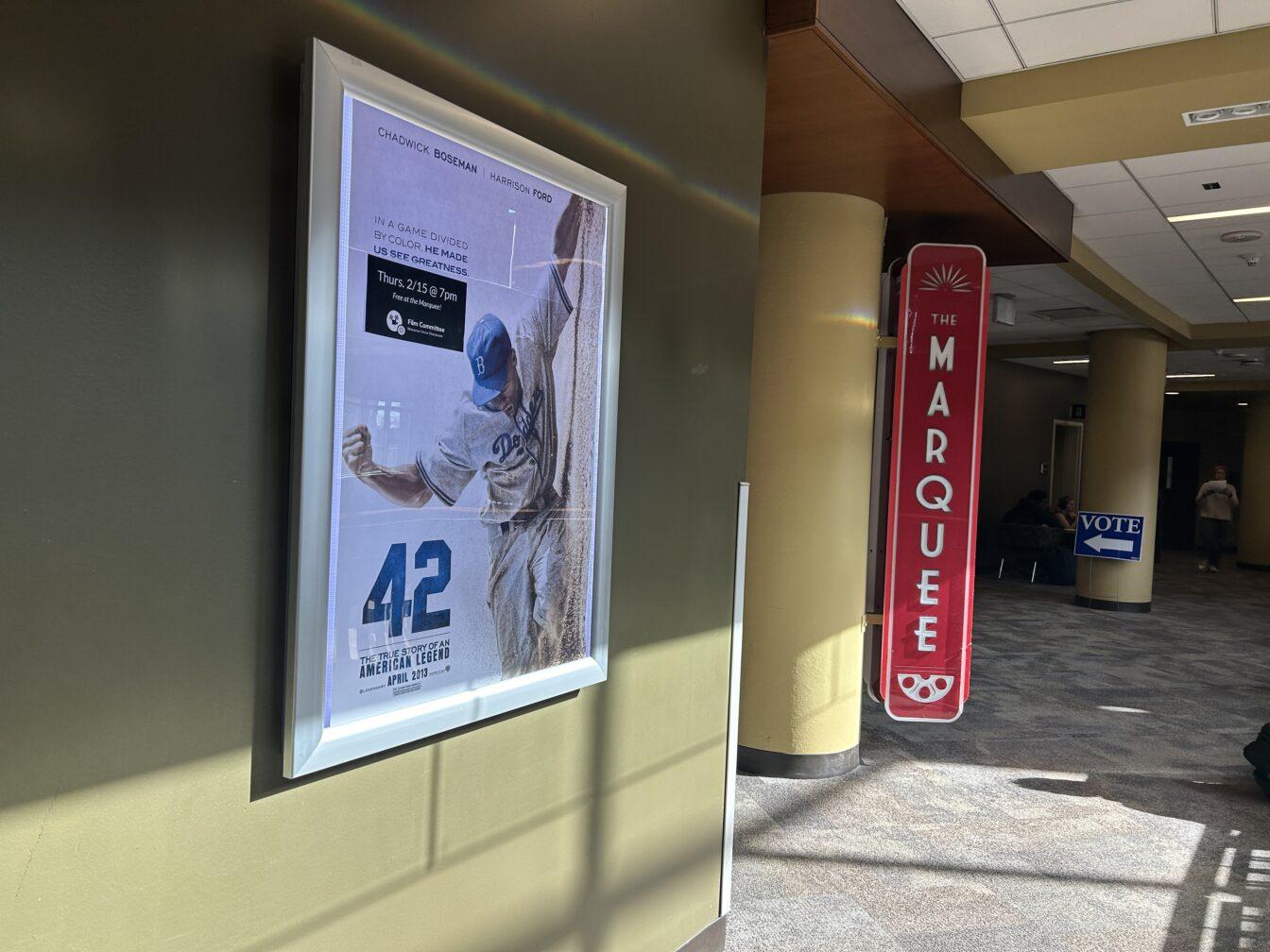Smart cinema is an admirable endeavor. It’s an idea that pervades more than just plot – there are plenty of cinematography and production tricks that, when carefully considered, can complement or even add to whatever surface material is on screen, adding a layer of complexity that begs to be sussed out by viewers. “Patience (After Sebald)” has just that goal in mind. It’s obvious in every shot that director Grant Gee (“Joy Division”) is trying his utmost to match the tone of the images onscreen to the feeling of his subject’s work.
Unfortunately, just as with smart people, intelligence does not give a pass from basic social courtesy. Despite its interesting content and presentation, “Patience” condescends, and in fact is downright rude in its treatment of one of its interview subjects. Like a patronizingly smug grad school student, the result is that the film’s motives are drawn into question. If Gee’s judgment of Sebald’s work is the only one he will consider, why bother asking what anybody else thinks?
In a way, it’s fitting that “Patience” is given a presentation with layers of meaning worth unpacking, because structurally, so did W. G. Maxwell Sebald’s work. The film essay’s main subject, viewers learn, was born in Germany in the 1940s. He moved to England later in his life, and took a post as an academician, writing scholarly papers until a creative urge took hold. At that point, Sebald began cranking out truly unique literature. Part travel guide, part memoir, part history, part parable, the seven books (with two more published posthumously) comprising his body of work were supposedly under heavy consideration by the Nobel Committee at the time of Sebald’s death in 2001.
“Patience” limits its focus to “The Rings of Saturn,” Sebald’s fourth book, which he completed in 1995. That work’s story is ostensibly about a man out for a walk in Suffolk, symbolic for its placement of the Isle of the Southeast coast of the UK, miles from the European continent.
Gee creates a filmscape in which precisely-framed, high-grain, slow moving, black-and-white landscapes are backed by interview after interview about “The Rings of Saturn” with experts, friends, professors and researchers of Sebald. The shots are gloomy looks into places mentioned in the book, and they’re only occasionally interrupted by a fade into a talking head, or a color image being dropped screen-within-a-screen style into the middle of the frame.
These breaks are just one of several clues scattered throughout “Patience” that Gee wants his audience to consider more than just the locations named in “Rings,” and, parallel more than just Sebald’s work. To name a few: An anecdote from an interview subject about a failed attempt to recreate the walk in Suffolk; a microphone left on to capture the jarringly real-world “left-turn ahead” from a car’s navigation system; an error made by a woman that diligently catalogued every single place mentioned in “Rings” as part of a larger project.
It is in the film’s treatment of that woman (the British director Katie Mitchell) in which the film’s already permanently raised eyebrow gives way to a much uglier curled lip. As a side project, Mitchell created Google Earth-style maps of every locational reference contained in “The Rings of Saturn,” and connected them with flight plan vectors. The lines span the globe, neatly illustrating Sebald’s tendency to mention far-flung locales in his writing. As Miller describes her project, she explains how any of the locations might be clicked for a close-up and a bit of info. She chooses two at random, and the first works perfectly, but the camera lingers as she embarrassingly chooses a second that doesn’t.
“Patience” uses screenshots of her maps during an extended, silent introduction. Although they’re functional, the images aren’t pretty – thick, colored lines over satellite images of the earth. This prologue continues just long enough so that viewers exhale in relief when Gee’s framed black and whites start. In this case and with the inclusion of Miller’s mistake, “Patience” is gleefully pointing out what it sees as the sheer folly of trying to understand Sebald’s genius through hard work and modern technology.
It is condescending, especially when the nature of those black-and-white shots are taken into account, since at their cores they too are simply another way of listing places Sebald mentions in his book. “Patience (After Sebald)” is interesting enough to overcome some measure of pretension, especially given a particularly well-orchestrated (if ultimately empty) reveal toward its end. Still, it would have done better to stick to enlightening viewers and omit the lecture.
Three stars out of five
Patience (After Sebald) will play again tonight at 7:30 P.M. at Sundance Cinema 2. Tickets are $8 or $5 with a student ID. The Wisconsin Film Festival recommends arriving at least 15 minutes before show time to guarantee seating.













